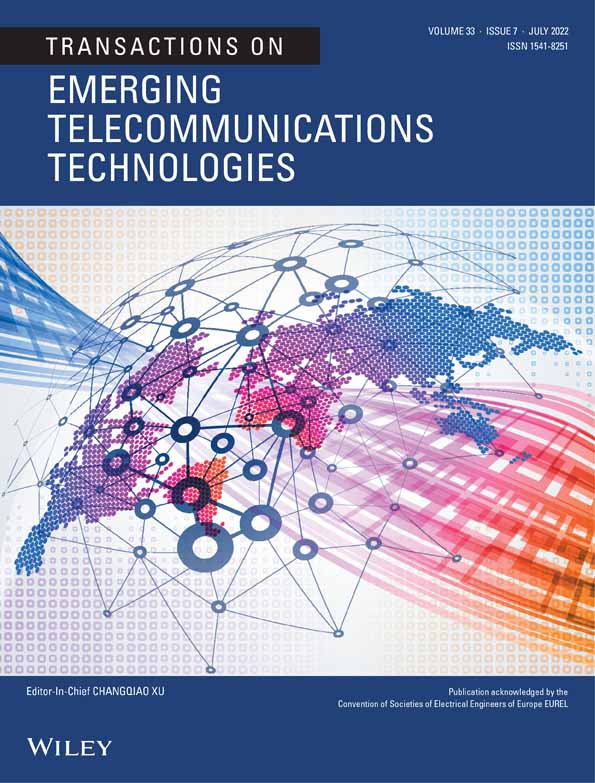Machine learning for power control in device-to-device communications with full-duplex relays using ITLinQ spectrum sharing scheme
Abstract
A proposed mechanism for interference management and scheduling links in device-to-device (D2D) networks with full-duplex relays (FDRs) is FDR-information theoretic links scheduling (FDR-ITLinQ).This article employs a machine learning (ML) technique with the FDR ITLinQ spectrum sharing method in D2D communications. In this article, transmission powers of transmitters and corresponding relays are determined with a Full-duplex relay (PC) mechanism employing genetic algorithm (GA). The objective function is maximizing two main criteria of evaluation of network performance. The first criterion is the average sum rate (ASR), and the second is energy efficiency (EE). In addition, addressing two objectives simultaneously leads to a trade-off between ASR and EE. Therefore, employing the ML strategy, we determine the transmission powers of transmitters and their corresponding relay pairs. The ML strategy has more flexibility and lower computational complexity in comparison to the traditional optimization methods. The proposed neural network (NN) considers the channel coefficients as inputs and optimal power for transmitters and relays as outputs. The optimal allocated power for new situations and conditions are predicted via trained NN. The simulation results show that the PC mechanism that uses the ML approach has almost the same performance as GA. However, the superiority of ML approach over GA is that the calculation time and system complexity are reduced, which, in turn, makes the proposed scheme applicable to implement in practical networks.
CONFLICT OF INTEREST
The authors declare no potential conflict of interest.
Open Research
DATA AVAILABILITY STATEMENT
The data that support the findings of this study are available from the corresponding author upon reasonable request.




